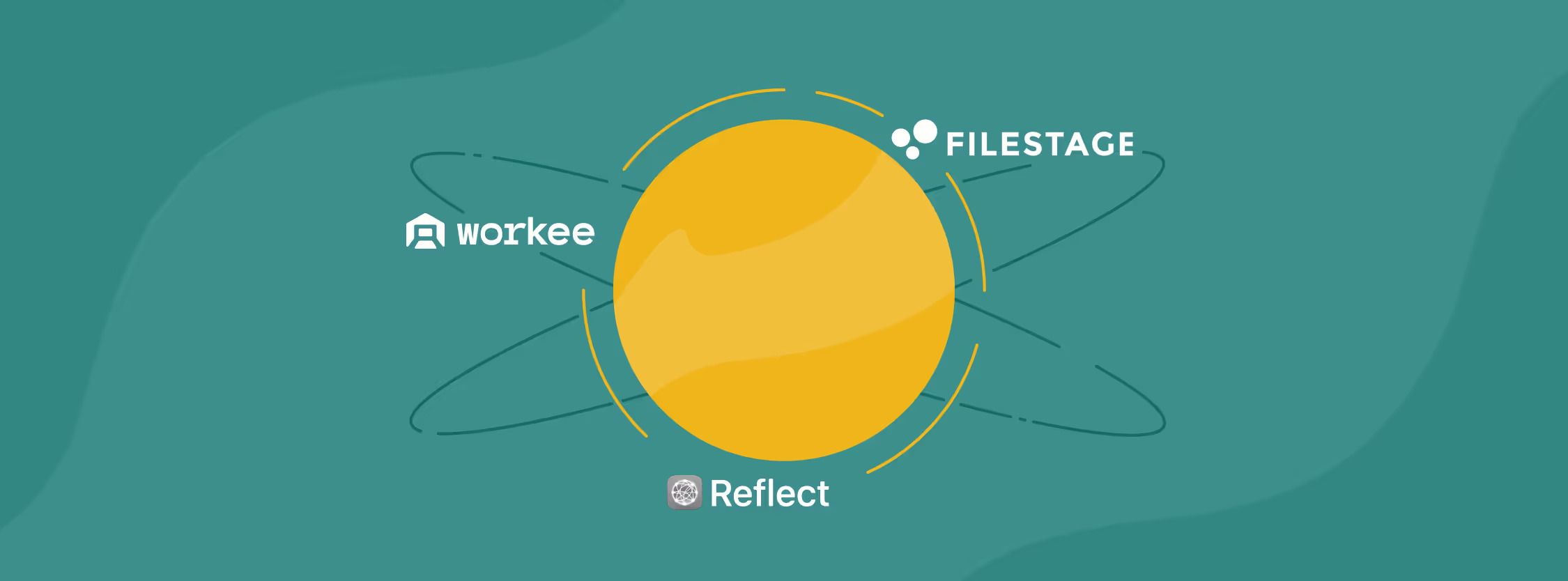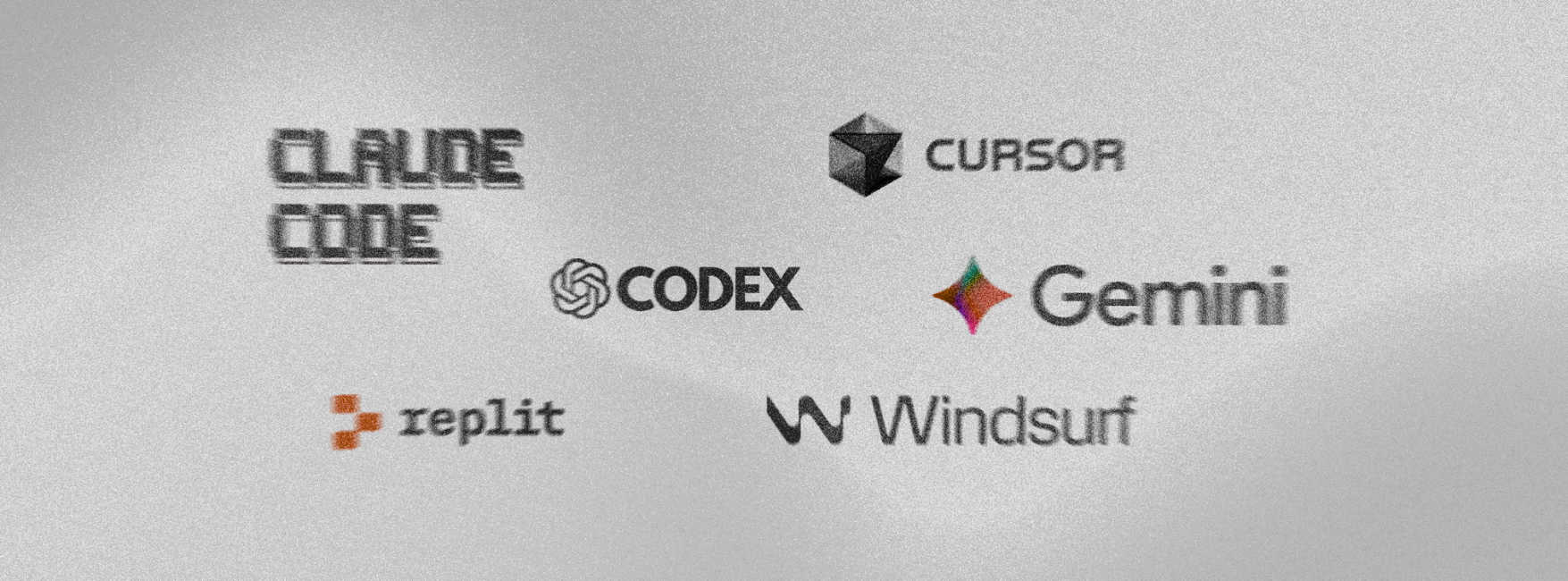The primary objective of developing a product is to drive its sales and generate revenue effectively. Discovering innovative product launch ideas can evoke an array of emotions, ranging from apprehension to exhilaration. As you embark on this exciting journey, it becomes increasingly evident that gleaning insights from the success of those who have flourished in the highly competitive business environment is extremely important.
This blog post focuses on the stories of a few startups that nailed their product launch and the main takeaways you can apply to your launch strategy.
Ok, now let's dig into the launch stories
Success Story #1 - Filestage
Generating Buzz and Beta Sign-ups Through Community engagement
Filestage is a platform for review and approval, liberating teams from disordered approval procedures and resulting in increased productivity in their work. Filestage took a flight back in 2014, right after the three founders wrapped up their master's degrees at the university.
Launch process
As they launched the business, they faced the challenge of having no funds for marketing or professional developers. Such circumstances have nudged the founders to test their creativity and motivation. An approach that proved highly successful for them was embracing openness and transparency right from the start. One of the founders, Niklas Dorn, actively engaged in various online communities like Facebook filmmaker groups, sharing their startup story. Additionally, they generously offered the product for free to anyone providing feedback. This strategy not only generated significant buzz and beta sign-ups during the early days but also played a crucial role in enhancing their product based on valuable user input.
"Speak early on with the customers you want to serve with your business and let them challenge your idea. The original idea will almost never stay the same after talking to real customers. It's just extremely valuable for the future success of your business." - Niklas Dorn, founder at Filestage.
Post-launch
In their effort to grow Filestage, the team adopted a content-driven approach, which proved instrumental in achieving remarkable results. By focusing on content marketing, they successfully generated their first wave of traffic and witnessed a surge in new sign-ups through automation.
The team strategically published educational articles and videos covering diverse topic clusters, catering to areas like project management, marketing, and video production. By interlinking these pieces, they effectively enhanced engagement and navigation across their website.
During the initial stages, they also ventured into targeted outreach through outbound emails and phone sales, specifically engaging agencies and film production firms. However, as Filestage evolved, so did their marketing tactics, leading them to prioritize more effective strategies.
Current state
Throughout their journey, Filestage has diligently measured and analyzed its growth strategies, allowing them to refine their marketing approach and optimize their future endeavors. With an 80% revenue growth in the last year, their dedication to meaningful content and outstanding customer service has proven to be the cornerstone of their success.
What can we learn from Filestage?
Filestage's journey teaches us the importance of three key strategies.
- Embrace openness and transparency by involving your audience from the start.
- Harness content marketing to address their needs with valuable educational content.
- Continuously refine your marketing tactics based on data and feedback, paving the way for meaningful growth and success.
Success story #2: Workee
Leveraging Paid Ads to get early testers and gain valuable feedback
Workee is a software that helps freelancers and professionals to manage their businesses. Workee creates a personal website with built-in booking, scheduling, and payments allowing freelancers to get booked and paid directly.
Launch process
Before beginning the development process, the team decided to run a marketing campaign to measure actual interest in their product. They kept things simple by creating a simple landing page with an intriguing "Get early access" button linked to a Google Form.
For the marketing effort, they created roughly 15 different banners and spent $500 on Facebook Ads for a one-week run. Their intended audience consisted of freelancers specializing in consultations, which corresponded to their initial idea.
To their surprise, the first marketing campaign got 199 sign-ups, resulting in an initial sign-up cost per user of only $2.51.
With positive feedback in hand, they jumped right into the development process, delivering an MVP in a respectable 3 months. They gained significant insights by enrolling their early users and aggressively soliciting feedback, motivating them to proceed with developing a full-fledged version of their product.
Post-launch
Afterward, Workee has witnessed a split in sign-ups, with approximately one-third arising organically and the remaining two-thirds originating from paid channels encompassing search engines, social media ads, and influencer collaborations.
"Find people who may be your potential customers. Talk as much as possible about their daily things and where they are struggling." - Workee's founding team
Current state
At present, the most dynamic channel for the startup is Search. They invest significantly in brand keywords, semantic targeting, and competitive search points across platforms like Google, Bing, and partner networks.
On the other hand, their organic channels have been strategically constructed through the Workee Blog. With a strong focus on generating valuable content, the team actively curates helpful articles and interviews experts in collaboration with their content team. This concerted effort aims to engage and captivate their audience, fostering a thriving organic user base.
What can we learn from Workee?
- Launching a marketing campaign to gauge interest before development can be a good idea.
- Actively seek user feedback to refine your product.
- Balance organic and paid channels for sustainable growth.
Success story #3: Reflect
Leveraging a Founder's Twitter Following to spark interest among audience
Reflect is a note-take app that uses GPT-4 to help users store their thoughts, books, and meetings efficiently.
Launch process
With a substantial founder's Twitter following of around 30,000 active individuals, it was a breeze to gauge the resonance of their products. The founder, Alex MacCaw, sent out a single tweet that elicited a tangible response, providing valuable insights into potential product-market fit.
Prior to their official launch, they witnessed a surge of thousands of eager sign-ups for their mailing list. And when the moment finally arrived to unveil their creation, the outcome surpassed all expectations, as they garnered hundreds of enthusiastic paying customers.
"Focus on the side that gives you energy. Otherwise, you'll just get burnt out" - Alex MacCaw.
Post-launch
Their customer retention strategy revolves around a steadfast commitment to product excellence. They continually refine and polish their offering, ironing out any creases, with an unwavering focus on quality.
In pursuing long-term success, they have explored annual plans as a key revenue driver. Heavily incentivizing the annual subscription option with discounts has proved effective in boosting cash flow and reducing churn.
However, their most successful acquisition tactic thus far has been launching significant features on Product Hunt and Twitter.
Current state
Regarding customer acquisition, their inbound leads primarily originate from organic sources such as Google and word-of-mouth referrals.
Additionally, they have been steadily building up their YouTube channel, investing in content creation centered around note-taking practices. This effort has garnered around a thousand subscribers, fostering engagement and attracting potential customers.
What can we learn from Reflect?
- Utilize your network (Twitter/Linkedin followers) to gauge product resonance before launch.
- Focus on product excellence for customer retention and explore annual plans with incentives.
- Acquire customers through feature launches on Product Hunt and Twitter.
We believe that the stories of Filestage, Workee, and Reflect have provided invaluable insights that could be applied to your next product launch. During these years of working with many clients, we tested some of the tactics mentioned in this article, and we've seen success with many of them. That's why we've decided to put all the gained experience and knowledge into a comprehensive program - "Launch with AI." The program will equip you with the essential tools and strategies and empower you to leverage AI's potential for your product launch and beyond.
Learn more about our Launch with AI program from the following blogs:
From Service to Product: Introducing Launch With AI Program for Startup Success - Part 1
From Service to Product: Introducing Launch With AI Program for Startup Success - Part 2
From Service to Product: Introducing Launch With AI Program for Startup Success - Part 3
From Service to Product: Introducing Launch With AI Program for Startup Success - Part 4
From Service to Product: Introducing Launch With AI Program for Startup Success - Part 5







.svg)